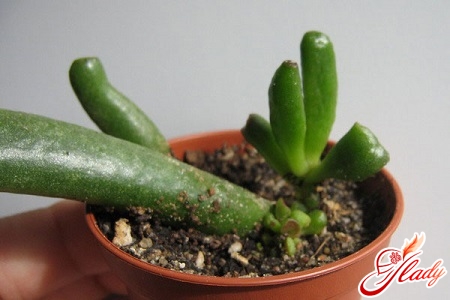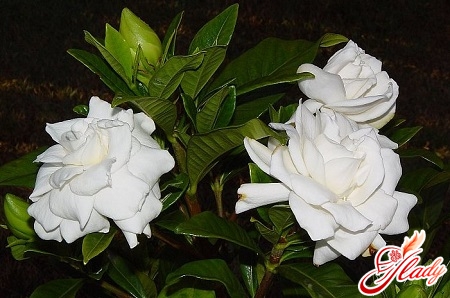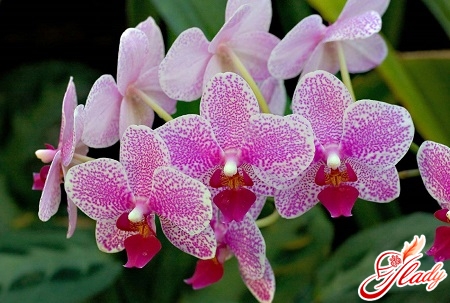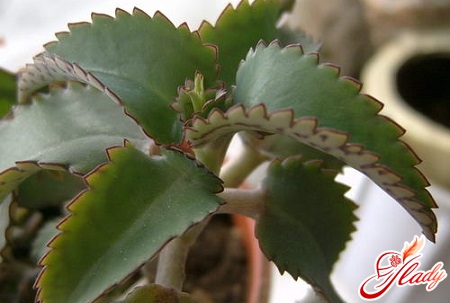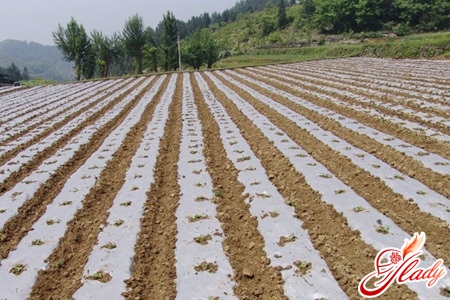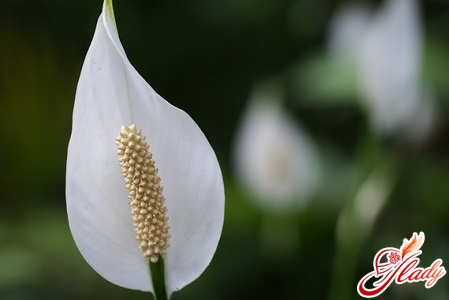
Spathiphyllum is a plant of the Araceae family,native to South America, Polynesia and East Asia. And if you choose the most suitable place for spathiphyllum in your house or apartment, the plant will be able to bloom profusely all year round. Spathiphyllum blooms at a fairly early age of the green pet, already six months after its planting. In general, the genus Spathiphyllum today has about forty-five species of stemless plants with short rhizomes. Some of the subspecies are very decorative and fit perfectly into the urban interior. However, gardeners often face such a problem as drying out of leaves. Why this happens and how to solve the problem, we will discuss today.
General characteristics of the spathiphilla
Where did this plant's name come from?Translated from Greek, “spatha” means a coverlet, and “phylum” means a leaf. Indeed, the covers of this plant, which can be either oval or lanceolate in shape, resemble leaves; the similarity is further enhanced by the prominent vein running through the middle of the coverlet, from which thin lateral veins extend. The petiole of the spathiphyllum expands at the base. The inflorescence of the spathiphyllum is an ear located on an elongated stem. On average, the plant can bloom for several weeks, and sometimes all year round. In general, flowering usually begins in the spring. After it has ended, the coverlet must be removed, and the peduncle cut as low as possible. Spathiphyllums are valued for their incredibly beautiful leaves and expressive flower. In addition, this plant is not too demanding in care, but needs frequent spraying and regular watering. The most popular variety is the abundantly flowering spathiphyllum, which has an underground stem and leaves up to twenty centimeters long and five to six centimeters wide. The plant is bright green in color, and its leaves are pointed at the ends. Abundantly flowering spathiphyllums have peduncles up to twenty-five centimeters long and a white, slightly concave cover. Another variety is the pleasant spathiphyllum, which is similar in appearance to the previous version. However, it has larger leaves (the width of the leaf is ten centimeters, and its length is twenty-five centimeters). In addition, the cover has a light green hue. A smaller plant (the width of the leaf is five centimeters, the length is fifteen centimeters) is the wallis spathiphyllum. Initially, its cover is white, but over time it acquires a rich green color. The flowering period is spring-autumn.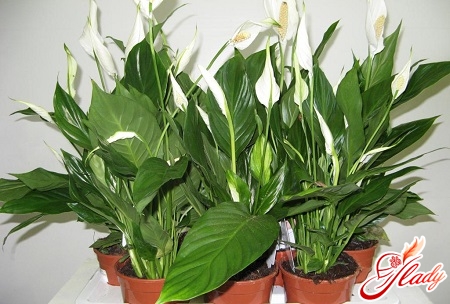
Proper care for spathiphyllum
Spathiphyllum grows well only in warmth,when the temperature fluctuates between twenty-two and twenty-six degrees; however, in order for the flowering to be lush, the plant requires a period of rest. Two to three weeks and a temperature of ten to fourteen degrees will be enough, while you need to limit watering. Remember that the plant does not tolerate drafts. Spathiphyllum prefers diffused, but quite bright light. In summer, be sure to provide the flower with shade from direct rays. A bright place and a little partial shade are ideal. In winter, the lighting should be good - spathiphyllum should not suffer from its lack. You should also follow some watering rules. The plant must be watered abundantly from spring to autumn, and in winter, slightly reduce the amount of liquid. Remember that the soil should not be overdried, but at the same time there should not be excess liquid near the root system. Spathiphyllums love good humid air. For this, it is important to periodically wash and spray the leaves and flowers using warm water. Do not forget about fertilizing the plant. From March until the end of September, feed the spathiphyllum weekly with fertilizers specially designed for this purpose. Such fertilizer should not contain lime. If the spathiphyllum blooms actively in winter, then feed it with such fertilizers once every four weeks. Spathiphyllums need periodic replanting. From year to year, in the spring, the plants are replanted into larger pots. However, you should not choose pots that are too spacious either. Use the following soil for replanting: turf soil (two parts), leaf soil (one part), peat soil (one part), humus (one part) and sand (one part). It would not hurt to add some perlite and coal to the soil. Add good drainage to the bottom of the pot. How does spathiphyllum reproduce? This is done by dividing the bush during spring replanting. Try not to injure the roots unnecessarily. During the division process, do not tear the roots with your hands - carefully cut them using scissors. Once the division is complete, do not water the plant for a couple of days, just spray the leaves so that it does not feel "thirsty".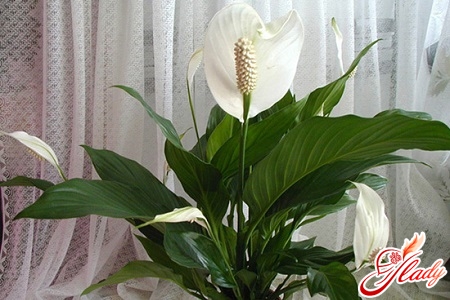
So that troubles do not take you by surprise
Like any plant, spathiphyllum hasсвои проблемы в выращивании. Первая и самая главная из них – это высушенные кончики листвы. Почему листья сохнут? Скорее всего, причина в излишне сухом воздухе или низкой температуре. Таким же образом может сказываться и избыточный полив. Чтобы повысить влажность в помещении, чаще опрыскивайте растение. Если оно пострадало от холода, переставьте горшок в более теплое место. В случае если вы залили растение, достаньте его из горшка и тщательно просушите земляной ком. После принятия всех необходимых мер кончики листьев постепенно должны вернуться в прежнее состояние. Почему еще могут возникать проблемы с листвой и цветением? Возможно, все дело в слабом росте, который может тормозиться из-за поражения щитовкой или паутинным клещом. Кроме того, спатифиллум подвержен воздействию тли и мучнистого червеца. Мучнистого червеца вы можете заметить невооруженным глазом по сахаристым выделениям на растении, которые еще называют медвяной росой. Обычно этот вредитель поражает корни спатифиллума. Как предотвратить проявления червеца? Регулярно осматривайте растение, особенно в период межсезонья. Соблюдайте все правила ухода, о которых говорилось выше. Если мучнистый червец все же заразил растение, то нужно будет вовремя обрезать все пораженные части и собрать вредителей. Используйте специальные инсектициды, которые всасываются корневой системой и впоследствии разнесутся по тканям растения. Такие препараты убивают паразитов, которые высасывают клеточный сок спатифиллума. Наряду с тем что кончики сохнут, могут сильно чернеть и сами листья. Это возникает из-за пересушенного воздуха, который зачастую имеет место в городских квартирах. Не забывайте, что это растение родом из тропиков, где влажность оптимальная. А вот в наших домах растению более чем некомфортно, а потому ваша задача – обеспечить спатифиллуму комфорт и хорошие условия. Регулярные опрыскивания и поливы – вот что нужно этому растению. Как только вы заметили, что спатифиллум сохнет, начинайте усиленный комплексный уход за ним. Многие цветоводы рекомендуют устраивать спатифиллуму душ, что позволяет растению выглядеть просто потрясающе. Однако если в помещении прохладно, то такими процедурами не стоит злоупотреблять. Иначе пострадают не только листья, но и корни. Иногда растение сохнет из-за некачественной или неправильной подкормки. Почему-то многие привыкли считать, что если посадили растение в специальную почву, то дополнительные питательные вещества ему не нужны. К сожалению, это распространенное заблуждение. Почва «дарит» растению витамины и микроэлементы лишь первое время. Потом же, когда эти запасы иссякают, спатифиллум нуждается в дополнительном питании. Если его не обеспечить, кончики высохнут, а цветы – завянут. Впрочем, переизбыток питания также может негативно сказаться на росте и цветении растения. Если спатифиллум перекормили, то выход в этой ситуации – стабилизация подкормки. Удобряйте растение не такими объемными порциями, тогда его внешний вид уже вскоре нормализуется. Иногда листья спатифиллума сохнут из-за переизбытка полива. Зачастую, поливая растение со всей заботой, цветоводы увлекаются и причиняют больше вреда, нежели пользы. Даже если вам кажется, что цветок высох и его стоит хорошенько полить, нужно остановиться, ведь причина этого самого высушивания листьев может быть в загнивании корневой системы, которую излишний полив и спровоцировал. Если почва слишком переувлажнена, лучше пересадить цветок. В таком случае вы еще сможете его спасти. Если же пересадку не провести вовремя, то спатифиллум вскоре погибнет. Как видите, имеется много причин, которые могут провоцировать сухость листьев. Очень важно наблюдать за растением каждый день и следить, чтобы оно не подвергалось воздействию болезнетворных паразитов и пагубных внешних источников. Если же спатифиллум все же заболел, то нужно точно вычислить причину и как можно скорее начать спасать пострадавшее растение. Обеспечив спатифиллуму достойный уход, вы вырастите восхитительное декоративное растение, которое украсит ваш дом!




